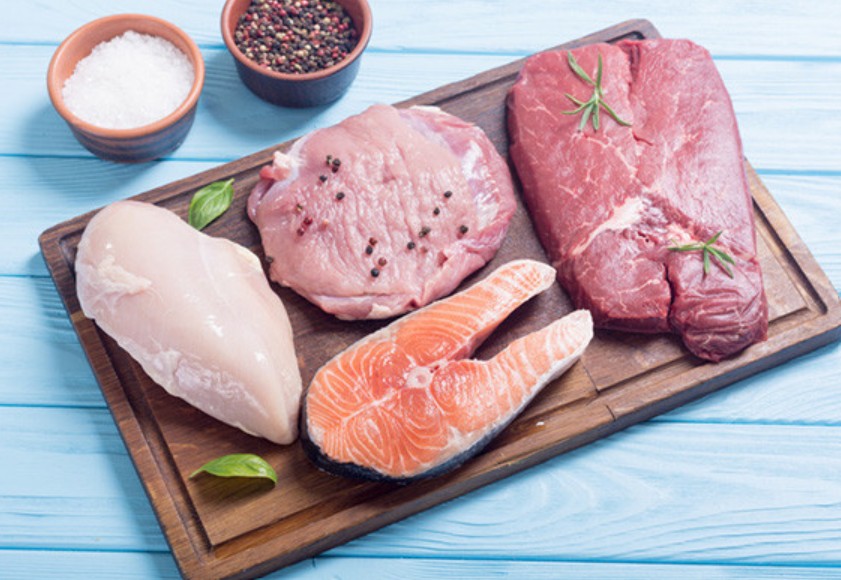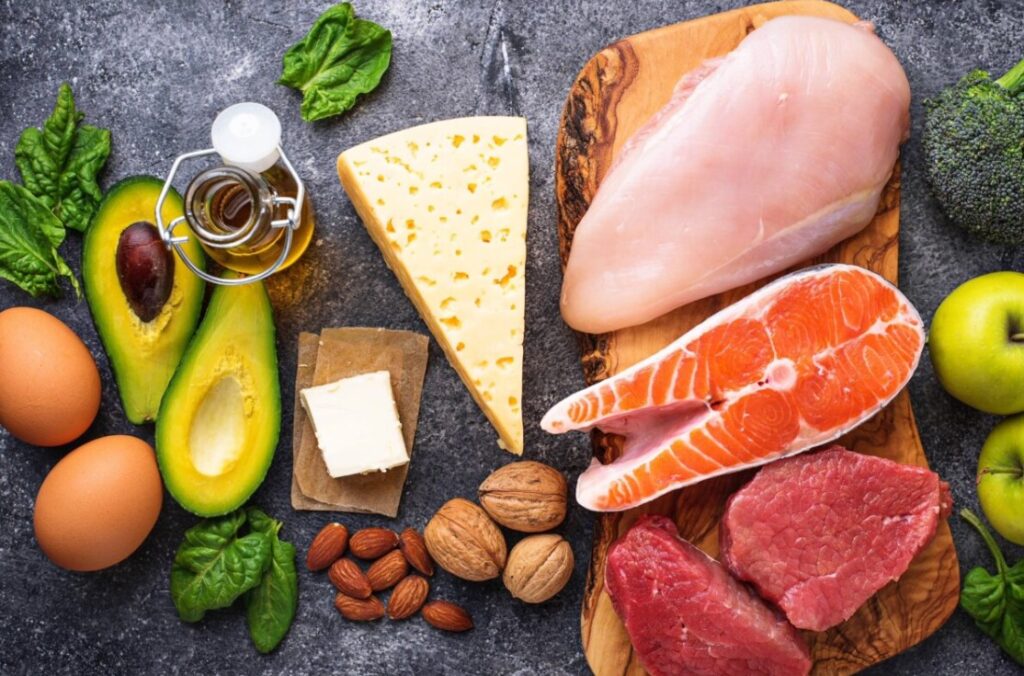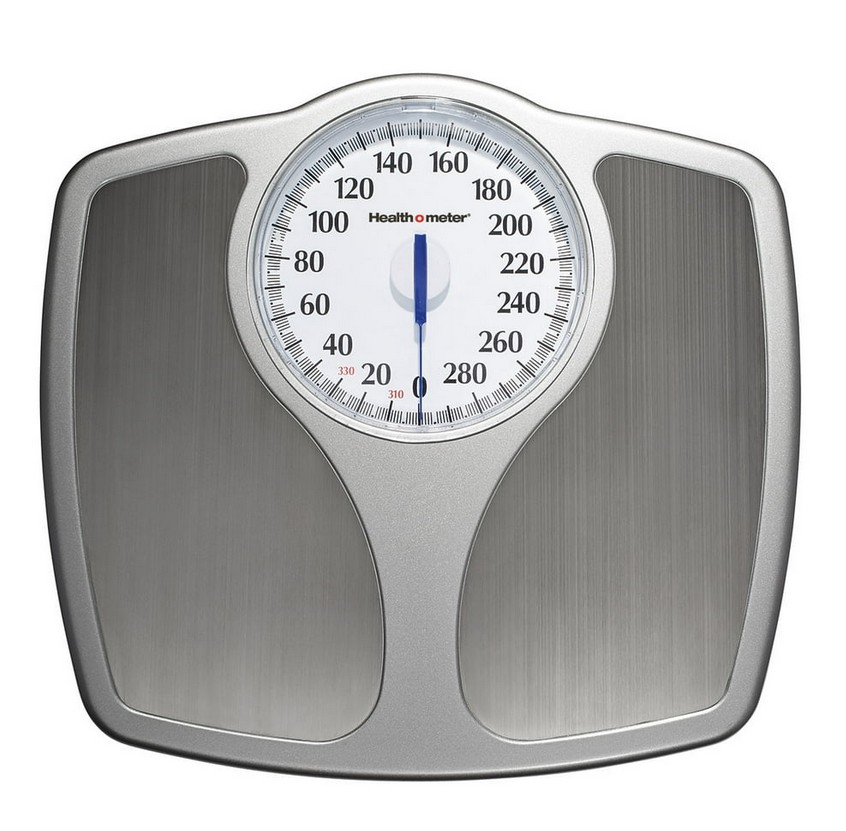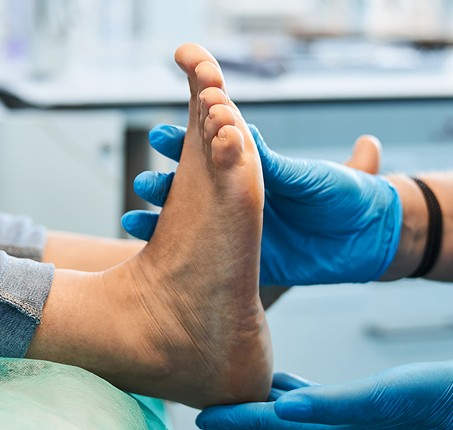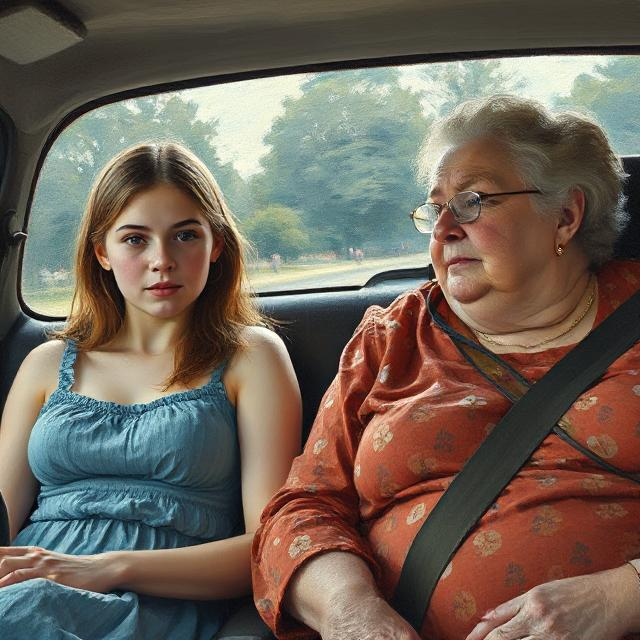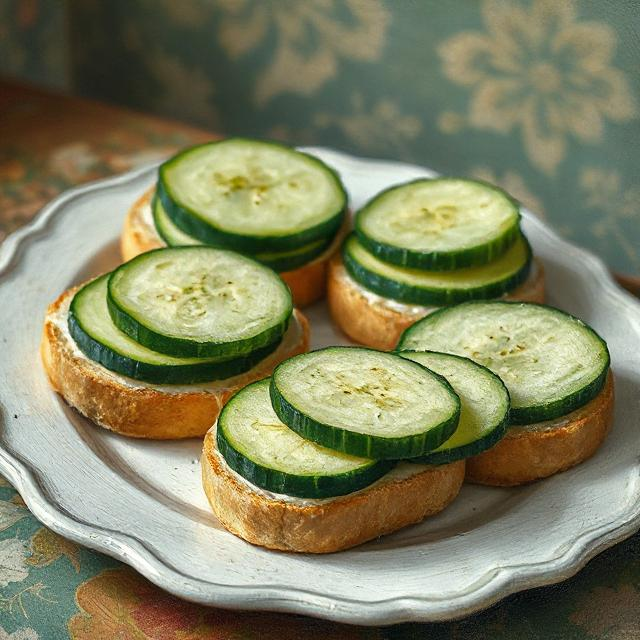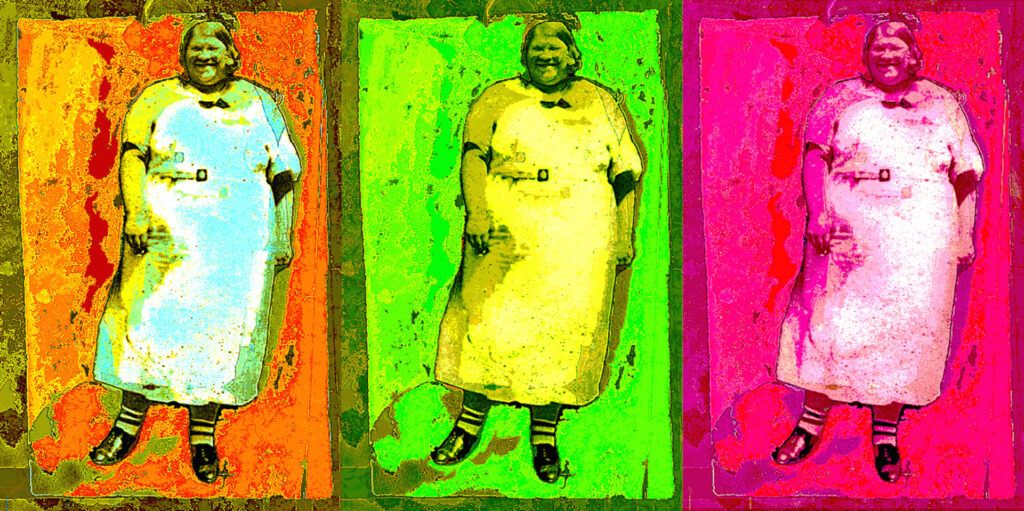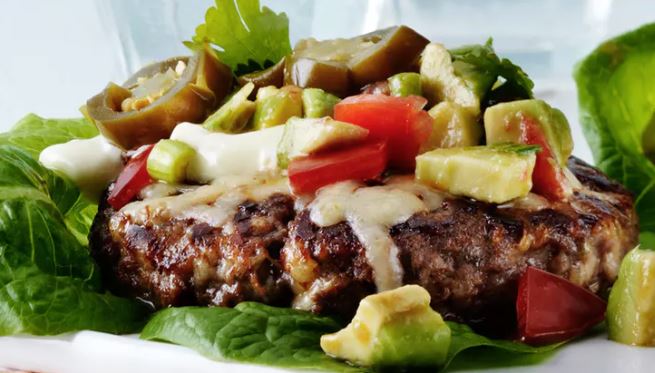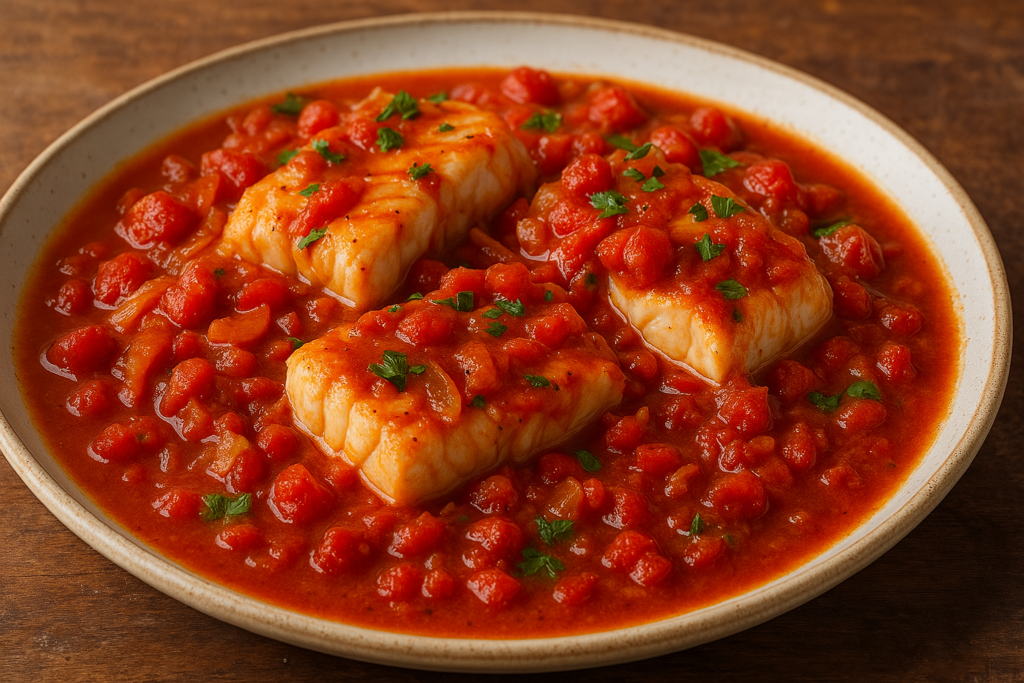There’s something charming about the phrase “early supper.” It conjures up gingham tablecloths, a roast in the oven by 4 p.m., and families gathering around the table before the sun even thinks about setting. It feels quaint, nostalgic — something our grandparents did because there wasn’t anything better to do once the news came on. Some people even make fun of seniors who eat early dinners.
But here’s the twist: they may have been onto something.
In a world where dinner often sneaks in after 8 p.m. — rushed, oversized, eaten in front of a screen — the idea of eating your last full meal in the late afternoon sounds almost radical. And yet, science is now catching up with what old habits already knew: eating earlier gives your body time to digest, restore, and let go — literally.
When you shift supper to 5 or 6 p.m., you’re not just eating earlier. You’re giving your metabolism a head start. You’re aligning with your natural circadian rhythm, letting your insulin settle, and creating a generous overnight fast without even trying. Your body, unburdened by late-night digestion, can focus on repair. Fat burning. Deep sleep. A lighter morning — and often, a lighter you.
Time restricted eating (only eating during a certain daily time window) works in harmony with our circadian rhythms, the body, brain and even individual cells and genes having their own clocks that work roughly in synch with the 24-hour day. Food and light switch certain functions on. Sleep, body temperature, hormone levels and digestion are all affected by these natural fairly inflexible circadian rhythms across all human beings.
No strict calorie counting. No complicated plans. Just a simple shift in the rhythm of your day. Eat a nourishing meal early. Close the kitchen. Let the night be about rest, not refills.
It’s not glamorous. It won’t go viral. But it works — quietly, steadily. Just like the generation who practiced it without ever calling it “a strategy.”
Sometimes, the key to change isn’t something new. It’s something old, dusted off, and done with intention.


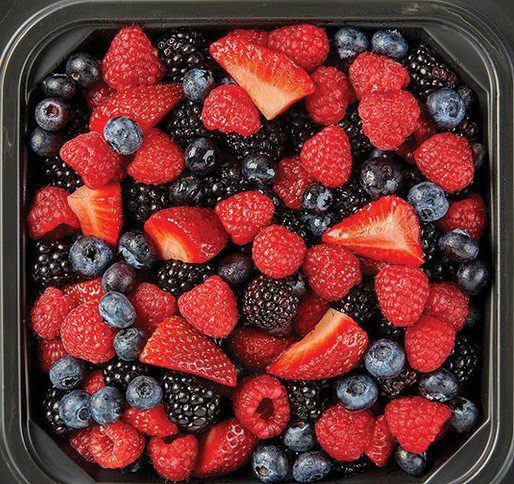
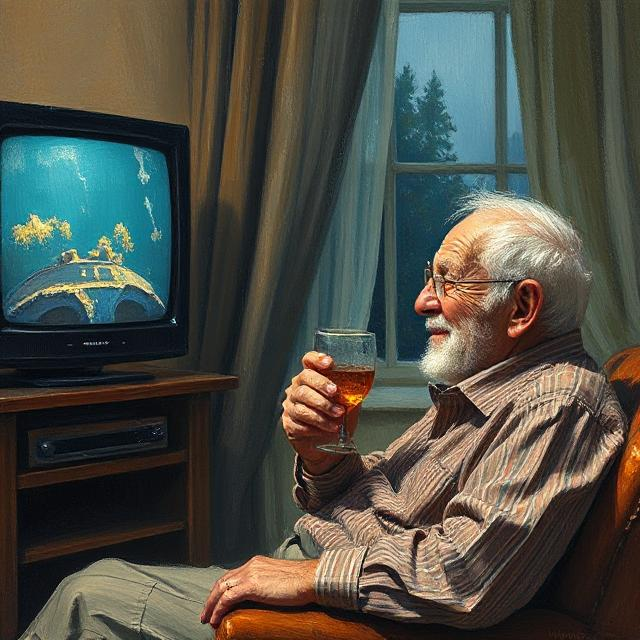
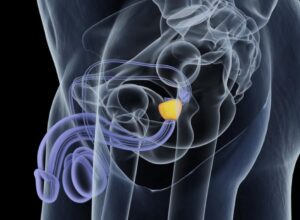
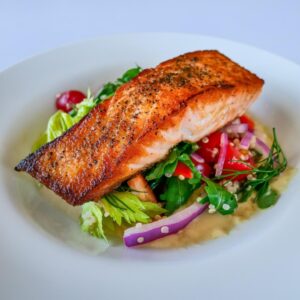 Ok ok
Ok ok


